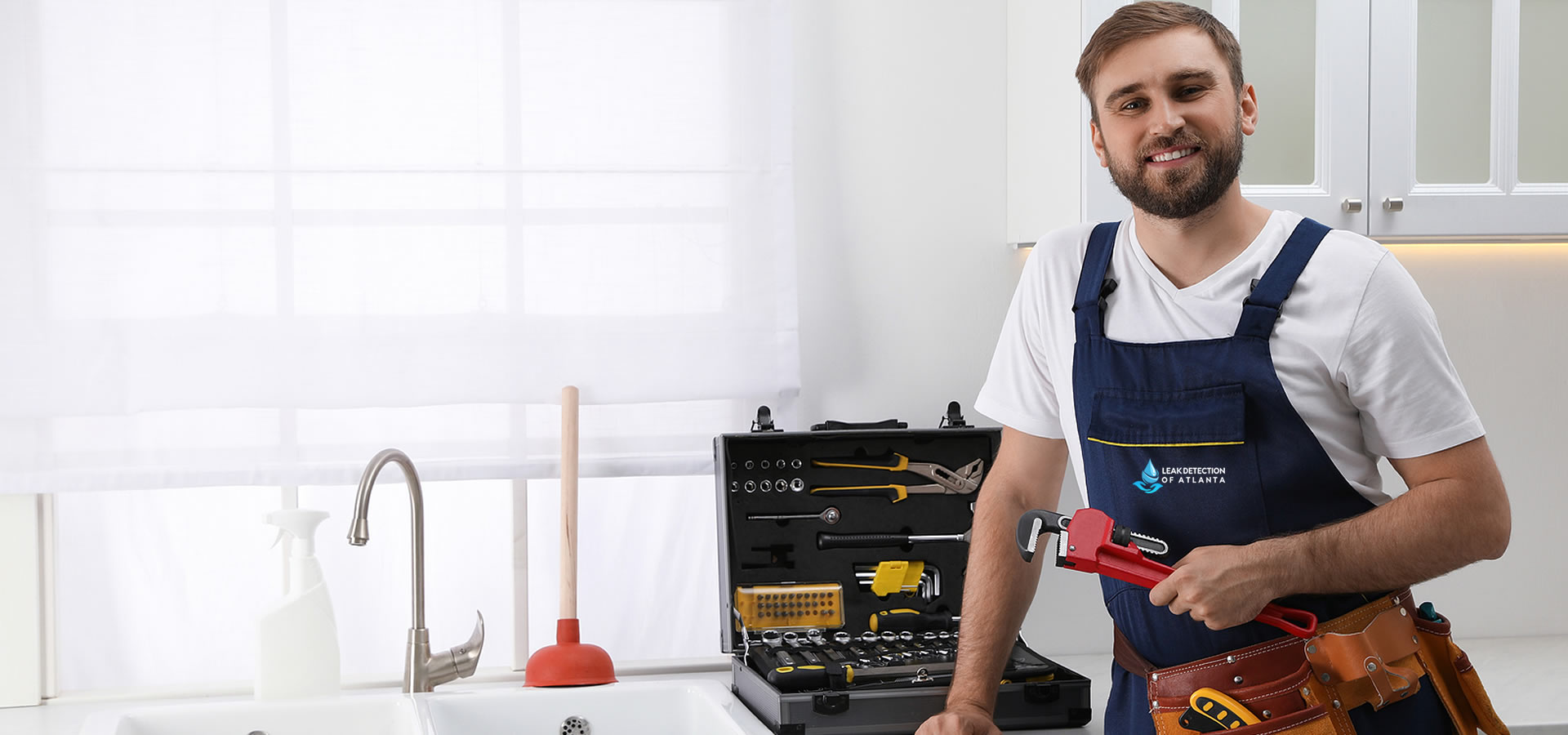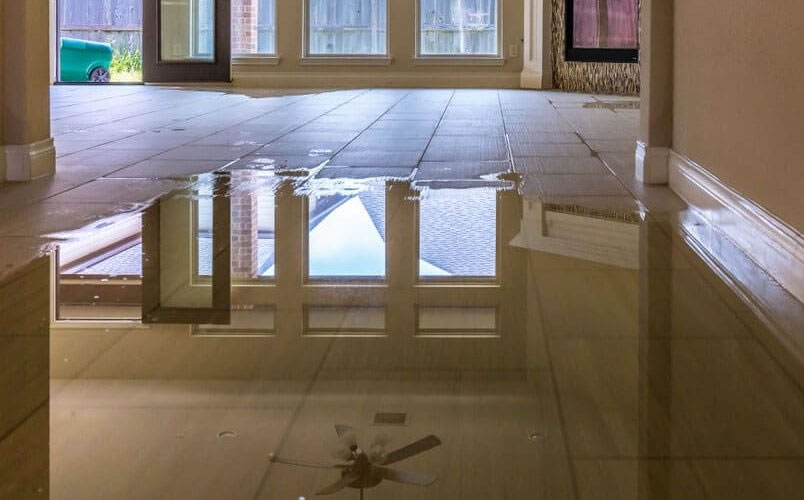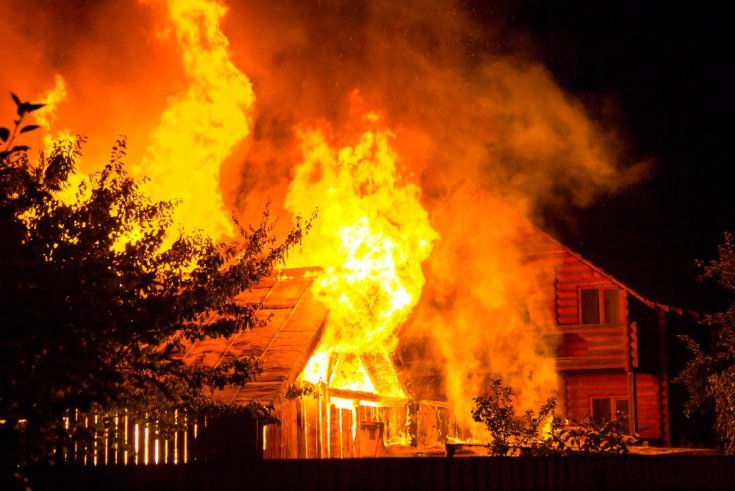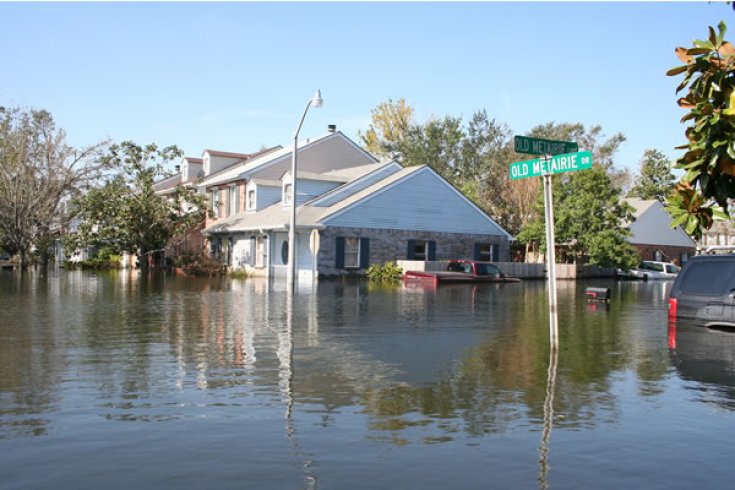How to Protect Your Wood Floors from Water Damage
One of the worst things that can happen to a homeowner’s residence is experiencing awful amounts of water damage. Whether the damage is from flooding or standing water, it results in the floors of your home to rot and soften. Once the floors soften and rot, it creates the perfect condition for mildew and mold to thrive in. Of course, replacing the floor panels after experiencing water damage is also very difficult. It requires a lot of time and especially money. So it is vital to minimize the amount of water damage your wooden floors absorb to avoid paying a huge amount for the repairs and a water damage restoration.
In this blog post, our professionals from Leak Detection of Atlanta will explain how you can minimize water damage on your wooden floors.
Get Rid of Surface Water
The thing about water is that the longer it sits on your floor, the worse the damage becomes. Every second that it stays on your floor, the chance of replacement rises. For this reason, it is incredibly important to be fast and remove any remaining surface water from your wooden floors. By doing so, you will lessen the damage done to the floors.
Clean Your Floor
If you are one of the people that has suffered from floods, then it is best to know that there will most likely be dirt and mud in your home. When a flood happens, it takes everything along the way. You can never be sure of what is in the water of a flood. If you have suffered damage from flooding in your city, then make sure to start cleaning your floor. It is highly recommended you scrub and deeply clean the surface as mud is known for maintaining moisture. This can possibly make matters worse damage wise.
Keeping the Floor Dry
After you have scrubbed and cleaned up the dirty water on the surfaces, it is time to dry the floor. For this process, there are multiple ways to dry the surface. You can use towels to soak up the remaining water, mops to help speed up the process, and even bring fans to ventilate the area which can dry the floors quicker.
Neglecting the action of drying can have serious consequences. It can support the growth of mold and mildew as they belong in a moist, humid, and wet environment. If you dry the area, it will minimize the possibility of this happening.
Remove Mold
If you see any indicators of mold or mildew after experiencing water damage, then you will have to go through a process to have it removed. This process is called mold remediation. This is when you get rid of mold by sanitizing the surfaces and killing off the bacteria. Doing this helps since it does not allow new mold spores to grow.
Need Help With Water Damage?
Dealing with water damage can be extremely excruciating. Once the water is absorbed by the wooden floors, the damage will continue to get worse every hour. It is important to have a reliable company with you when you need a water damage removal and restoration. At Leak Detection of Atlanta, our specialists are dedicated to solving your problems. Contact our friendly representatives for more information.











